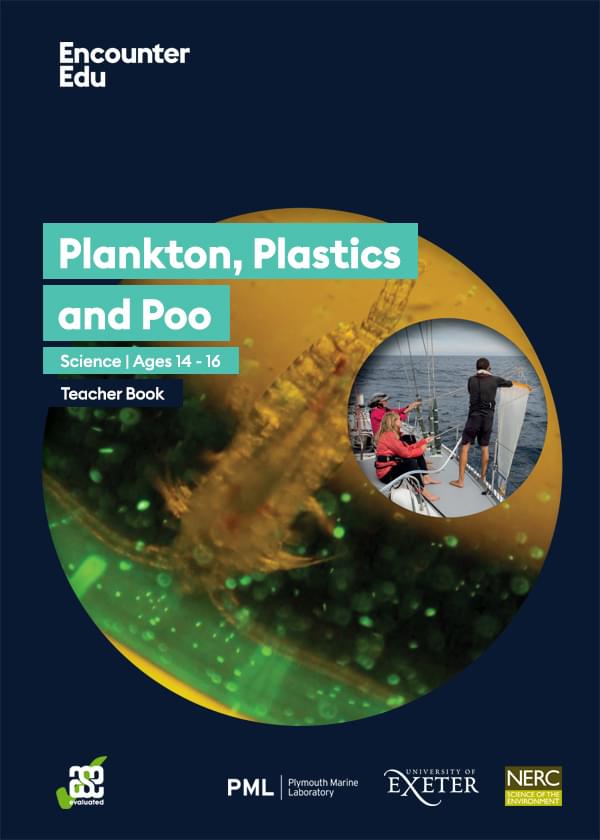What is ocean plastic pollution?
Over the last ten years we have produced more plastic than during the whole of the last century.
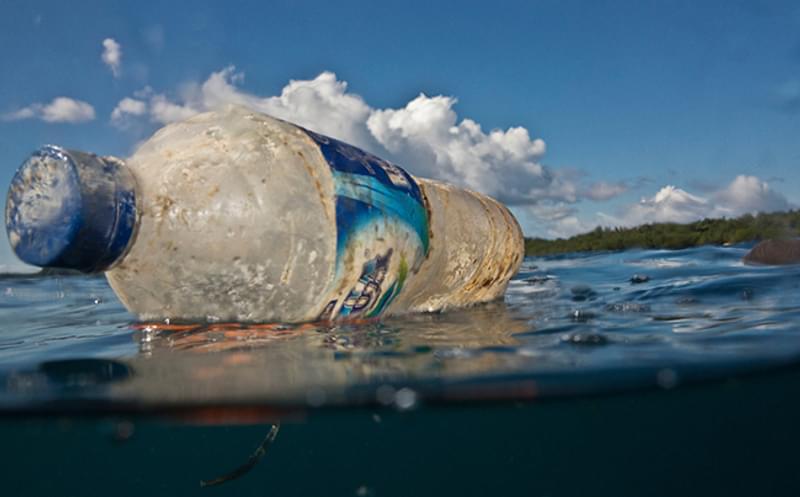 Chiara Obscura
Chiara Obscura
Plastic use
According to the British Plastics Federation, “the UK uses over 5 million tonnes of plastic each year of which an estimated 24% is currently being recovered or recycled”.
According to Project Aware, 6.8 billion kg of plastic are produced in the USA every year, yet less than 7% of that is recycled. Annually approximately 500 billion plastic bags are used worldwide. More than one million bags are used every minute.
It is estimated that in excess of 38 billion plastic bottles and 25 million Styrofoam cups end up in landfill and although plastic bottles are 100% recyclable, on average only 20% are actually recycled.
Enough plastic is thrown away each year to circle the earth four times. Plastic accounts for around 10% of the total waste we generate. 50% of the plastic we use, we use just once and throw away. Globally, we currently recover only 5% of the plastics we produce.
Plastic pollution
It is estimated that almost all of the marine pollution in the world is comprised of plastic materials. The average proportion varied between 60% and 80% of total marine pollution. Plastic in the ocean breaks down into such small segments that pieces of plastic from a one litre bottle could end up on every mile of beach throughout the world.
It takes 500 to 1,000 years for plastic to degrade.
Tons of plastic can be found in swirling convergences in the oceans making up about 40% of the world’s ocean surfaces. 80% of pollution enters the ocean from the land. Land-based sources (such as agricultural run-off, discharge of nutrients and pesticides and untreated sewage including plastics) account for approximately 80% of marine pollution, globally.
Agricultural practices, coastal tourism, port and harbour developments, damming of rivers, urban development and construction, mining, fisheries, aquaculture, and manufacturing, among others, are all sources of marine pollution threatening coastal and marine habitats.
The United Nations Environment Programme estimated in 2006 that every square mile of ocean contains 46,000 pieces of floating plastic.
Plastic impacts
Scientists estimate that every year at least 1 million seabirds and 100,000 marine mammals and sea turtles die when they entangle themselves in plastic pollution or ingest it. Some of these compounds found in plastic have been found to alter hormones or have other potential human health effects.
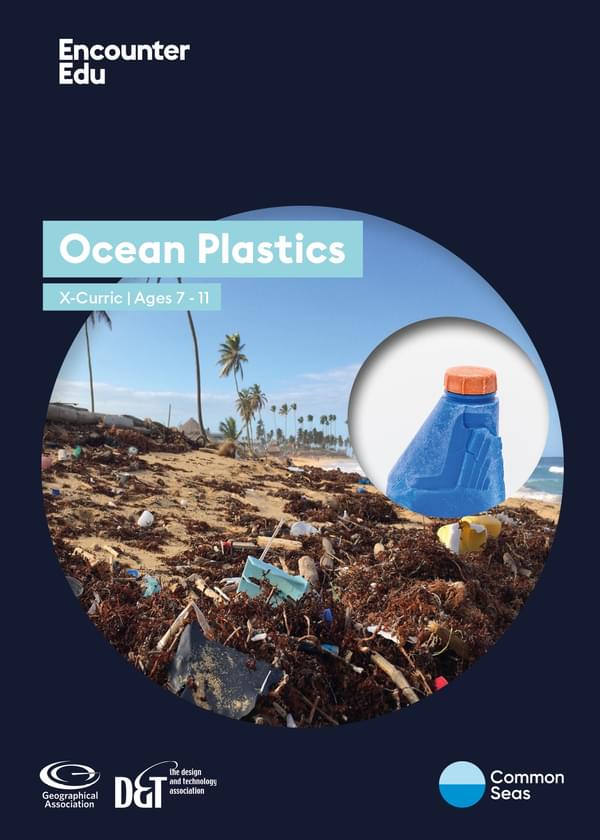
Cross-curricular | Ages 7-11
Ocean Plastics
Ocean Plastic ages 7-11 unit is a KS1 teacher resource that introduces students to the issue of plastic pollution. Students study materials, their properties and are inspired to enact change in their communities.

Cross-curricular | Ages 5-7
Oceans for beginners
Oceans for beginners ages 5-7 unit is a cross-curricular KS1 teacher resource. Students go on a three-part journey where they realise the awe of oceans, how important they are, and the dangers they face.
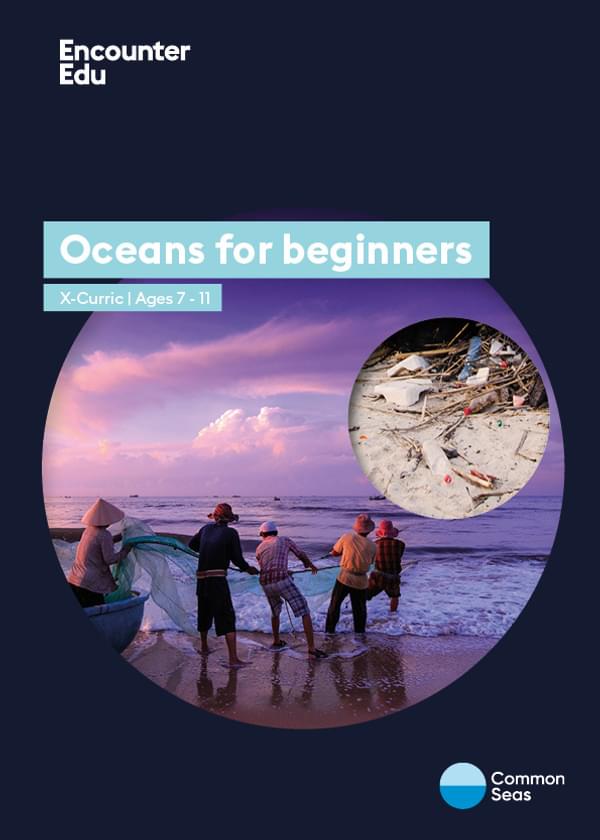
Cross-curricular | Ages 7-11
Oceans for beginners
Oceans for beginners ages 7-11 unit is a cross-curricular KS2 teacher resource. Students go on a three-part journey where they realise the awe of oceans, how important they are, and the dangers they face.
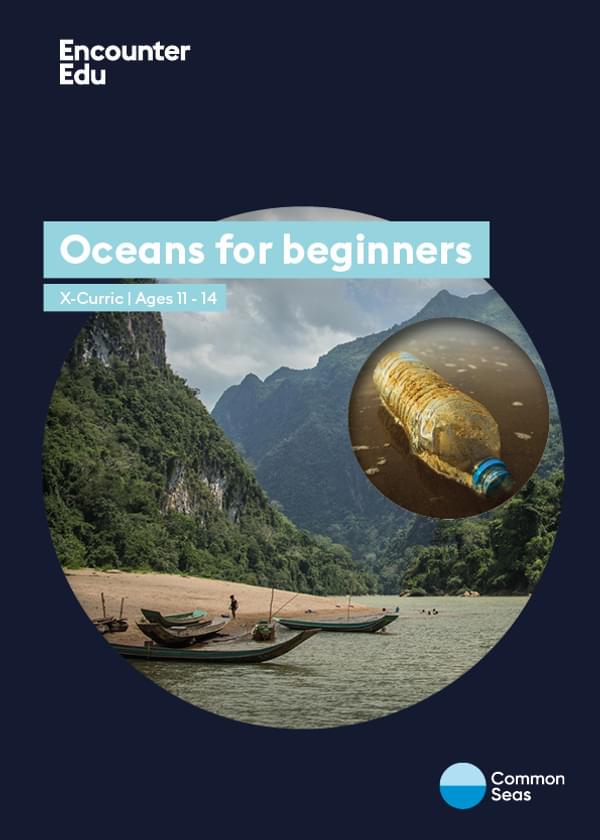
Cross-curricular | Ages 11-14
Oceans for beginners
Oceans for beginners ages 11-14 unit is a cross-curricular KS3 teacher resource. Students go on a three-part journey where they realise the awe of oceans, how important they are, and the dangers they face.
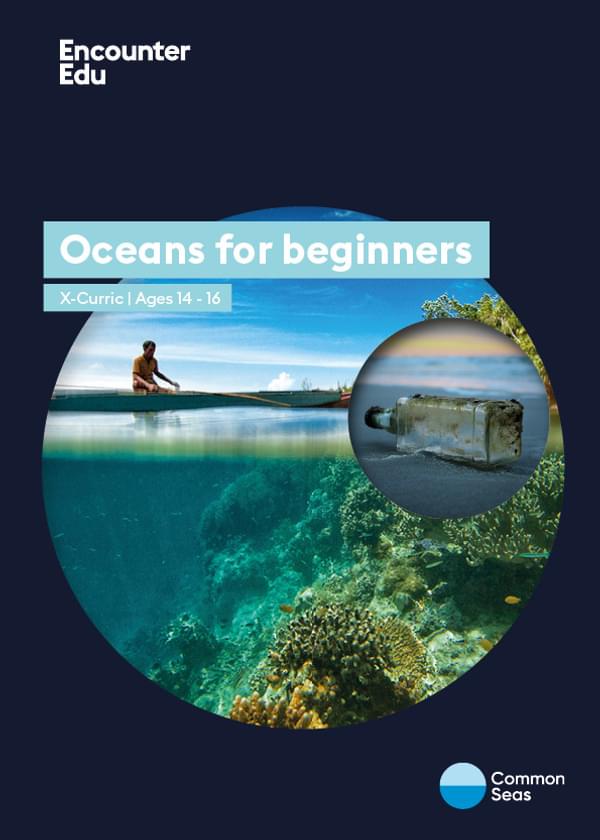
Cross-curricular | Ages 14-16
Oceans for beginners
Oceans for beginners ages 14-16 unit is cross-curricular KS4 teacher resource. Students go on a three-part journey where they realise the awe of oceans, how important they are, and the dangers they face.
